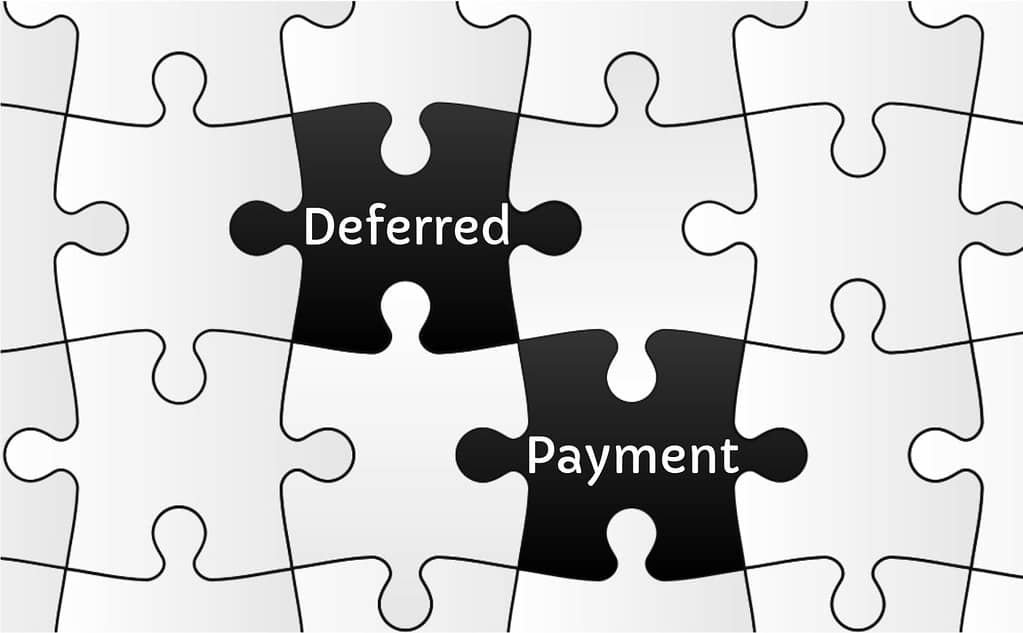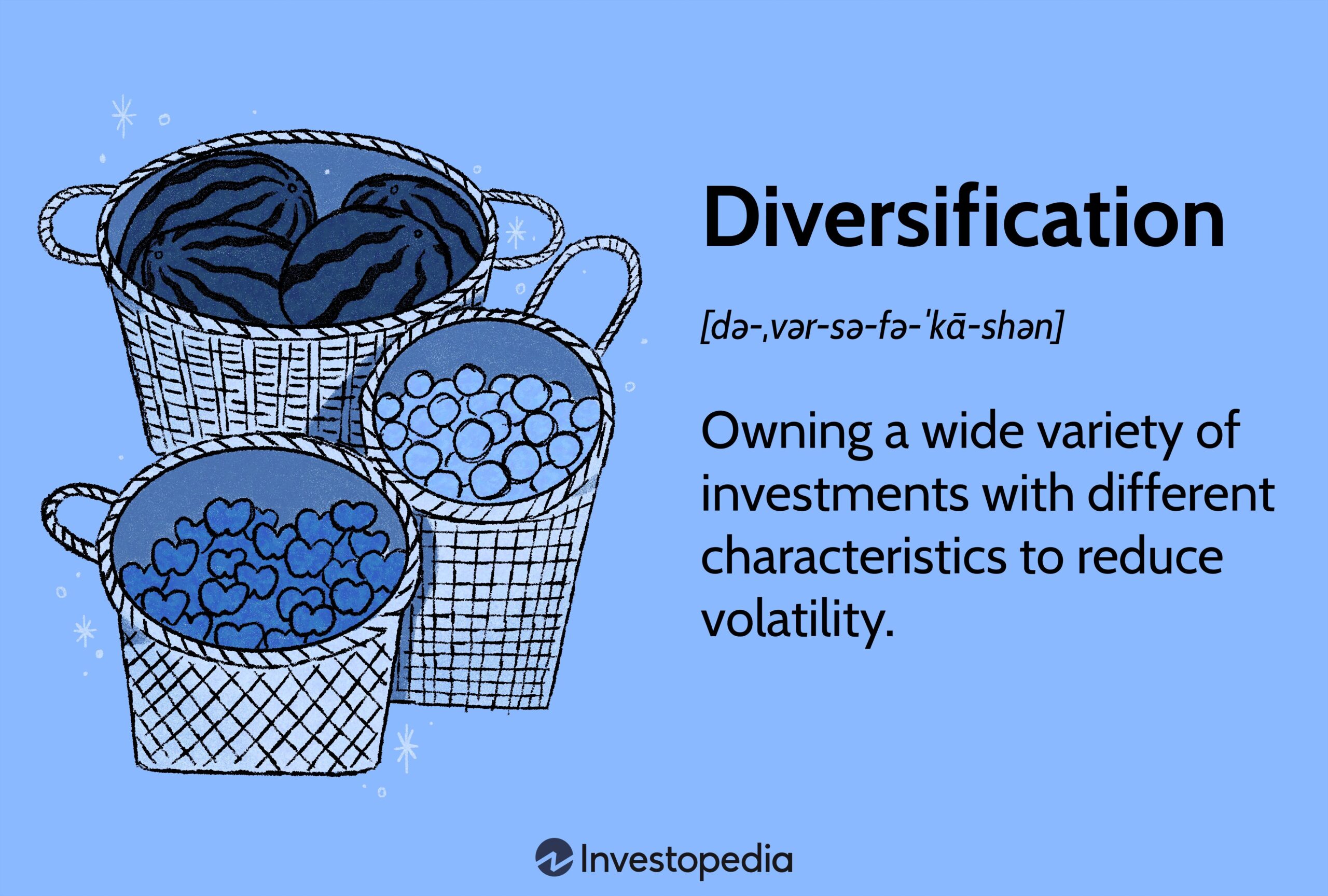Are you curious about what a deferred payment plan entails? Wondering how it could potentially benefit you? Well, here’s the lowdown: a deferred payment plan is a flexible payment option that allows you to postpone making full payments upfront for a product or service you’re purchasing. It’s a convenient solution that can help alleviate any immediate financial burden, giving you the freedom to enjoy your purchase while spreading out the payments over time. Sounds great, right? Let’s dive deeper into this fascinating payment option and explore how it can work for you.
What is a Deferred Payment Plan?
A deferred payment plan is a financial arrangement that allows individuals or businesses to postpone full payment for a product or service, usually with the option to pay in installments over a period of time. This type of payment plan provides flexibility to buyers who may not have the immediate funds to make a full payment upfront. By spreading out the cost over time, deferred payment plans enable customers to afford higher-priced items or services without straining their budget.
How Does a Deferred Payment Plan Work?
Deferred payment plans vary depending on the specific terms and conditions offered by the seller or service provider. However, they generally follow a similar structure:
1. Initial Agreement: At the point of purchase, the buyer and seller agree on the terms of the deferred payment plan. This includes the total purchase amount, the number and frequency of installments, any interest or fees applied, and the due dates for each payment.
2. Down Payment (if applicable): In some cases, the buyer may be required to make an initial down payment. This down payment reduces the remaining balance and determines the size of subsequent installments.
3. Payment Schedule: The buyer and seller establish a payment schedule that outlines the due dates for each installment. Payments can be made monthly, quarterly, or according to other agreed-upon intervals.
4. Interest and Fees: Depending on the terms of the deferred payment plan, there may be interest charges or fees associated with the installment payments. These additional costs help compensate the seller for providing the deferred payment option.
5. Fulfillment of Payment: The buyer completes the payment plan by making all required installments within the agreed-upon timeframe. Once all payments are made, the buyer has fulfilled their financial obligation and owns the product or has received the service in full.
Advantages of Deferred Payment Plans
Deferred payment plans offer several advantages for both buyers and sellers. Let’s explore some of the key benefits:
1. Affordability: Deferred payment plans enable buyers to spread out the cost of a purchase over time, making it more affordable and manageable within their budget.
2. Increased Purchasing Power: By allowing customers to make purchases without the need for immediate, full payment, deferred payment plans expand their purchasing power. This can be particularly beneficial for higher-priced items or services that would otherwise be unattainable.
3. Convenience: Making installment payments over a period of time provides convenience and flexibility for buyers. They can choose a payment schedule that aligns with their financial situation and can adjust their budget accordingly.
4. Financial Management: Deferred payment plans allow individuals and businesses to better manage their cash flow, especially when facing unexpected expenses or fluctuations in income. By spreading out the cost of a purchase, buyers can maintain stability in their finances while still acquiring needed goods or services.
5. Interest-Free Options: Depending on the specific terms of the deferred payment plan, some sellers may offer interest-free installment options. This can be a significant advantage for buyers, as it eliminates the additional cost of interest charges.
Considerations and Potential Drawbacks
While deferred payment plans offer advantages, it’s important to consider certain factors before opting for this payment arrangement:
1. Accumulated Interest: Some deferred payment plans may include interest charges or fees. Buyers should carefully review the terms to understand the total cost of the purchase, including any additional financial obligations.
2. Impact on Credit Score: In certain cases, deferred payment plans may require a credit check or affect the buyer’s credit score. It’s important to be aware of the potential impact on creditworthiness and financial standing.
3. Late Payment Penalties: Failure to make installment payments on time may result in penalties or additional fees. Buyers should be diligent in adhering to the agreed-upon payment schedule to avoid any negative consequences.
4. Limited Options: Not all sellers or service providers offer deferred payment plans. Buyers may encounter limitations in terms of the products or services available for purchase under this arrangement.
5. Long-term Commitment: Depending on the duration of the payment plan, buyers should consider their ability to commit to the installment payments for the agreed-upon period. It’s essential to assess long-term financial stability before entering into a deferred payment plan.
In conclusion, a deferred payment plan is a flexible financial arrangement that allows buyers to postpone full payment and spread the cost of a product or service over time. This option provides affordability, increased purchasing power, convenience, and improved financial management. However, potential drawbacks such as accumulated interest, credit score impact, late payment penalties, limited options, and long-term commitment should be carefully considered. By understanding the terms and conditions of a deferred payment plan, buyers can make informed decisions that align with their financial goals and circumstances.
Deferred Payments Explained (in 1 Minute) #shorts
Frequently Asked Questions
Frequently Asked Questions (FAQs)
What is a deferred payment plan?
A deferred payment plan is a financial arrangement that allows a customer to postpone making full payment for a product or service until a later date. Instead of paying the entire amount upfront, the customer can choose to pay in installments over a specified period of time.
How does a deferred payment plan work?
When opting for a deferred payment plan, the customer typically agrees to make regular payments over a specific timeframe. These payments may include interest or fees, depending on the terms of the plan. The customer can enjoy the benefits of the product or service immediately while spreading out the cost over time.
What are the advantages of a deferred payment plan?
There are several advantages to a deferred payment plan. Firstly, it allows customers to make purchases even if they don’t have the full amount available upfront. It provides flexibility in managing finances and budgeting. Additionally, it can help avoid the need for high-interest loans or credit cards.
Are there any drawbacks to a deferred payment plan?
While deferred payment plans offer convenience, there are a few drawbacks to consider. Some plans may charge interest or fees, which can increase the overall cost of the purchase. It’s essential to carefully review the terms and conditions to understand any potential additional charges associated with the plan.
Is a deferred payment plan the same as a layaway?
No, a deferred payment plan is different from layaway. With layaway, the customer makes payments towards a product or service over time, and they can only take possession of it once the full payment is made. In contrast, a deferred payment plan allows the customer to use the product or service immediately while making installment payments.
Can anyone qualify for a deferred payment plan?
Eligibility for a deferred payment plan can vary depending on the provider and the specific terms. Some providers may check the customer’s creditworthiness or require a minimum credit score. Others may offer deferred payment plans to all customers, regardless of credit history.
What types of products or services offer deferred payment plans?
Deferred payment plans can be available for a wide range of products and services. Common examples include electronics, furniture, appliances, vehicle purchases, educational programs, and healthcare treatments. Providers may offer deferred payment plans for both small-ticket and large-ticket items.
How can I apply for a deferred payment plan?
To apply for a deferred payment plan, you typically need to contact the provider or business offering the product or service. They will provide you with the necessary information, such as the terms, interest rates (if applicable), and payment schedule. You may need to provide some personal and financial details for the application process.
Final Thoughts
A deferred payment plan allows individuals to make a purchase now and pay for it at a later date. This payment option provides flexibility and convenience to consumers who may not have the immediate funds to make a full payment. By deferring the payment, individuals can obtain the desired product or service without incurring any interest or finance charges. This type of plan is commonly offered by merchants, retailers, and service providers to attract customers and boost sales. With a deferred payment plan, individuals have the opportunity to manage their finances more effectively and make purchases without putting excessive strain on their budget.



